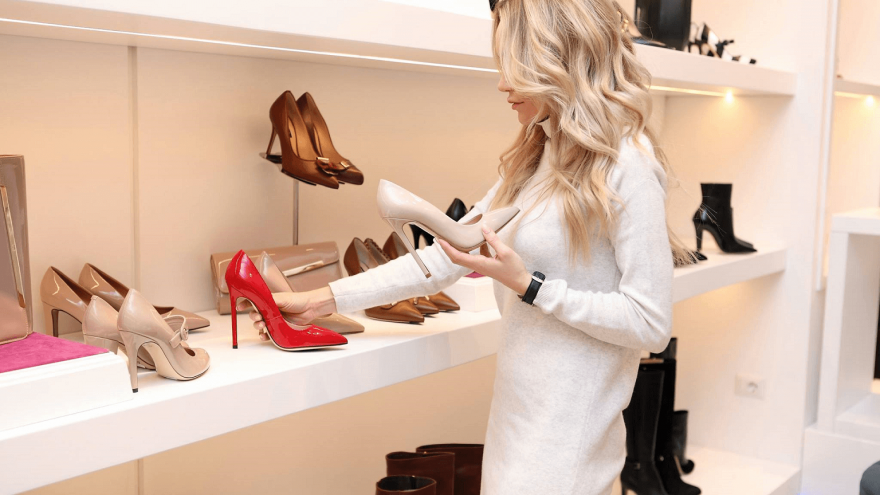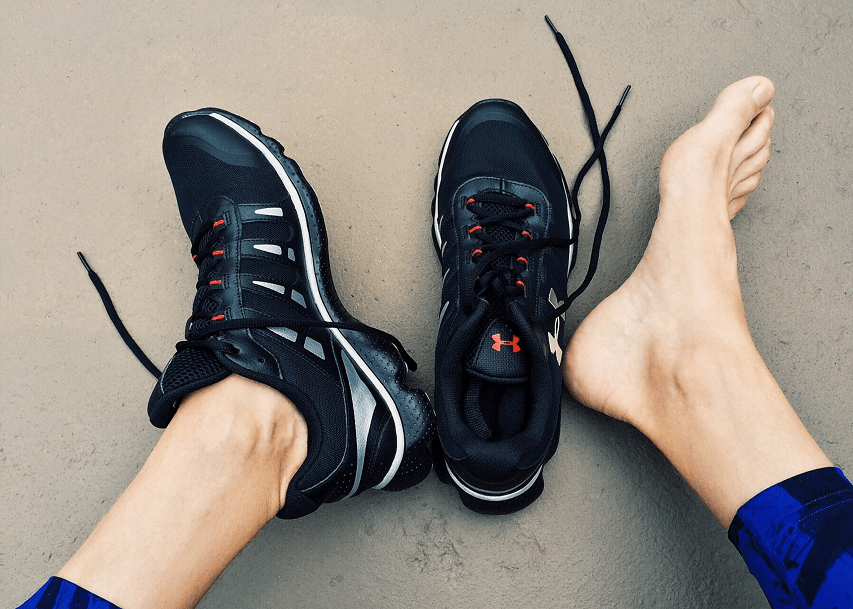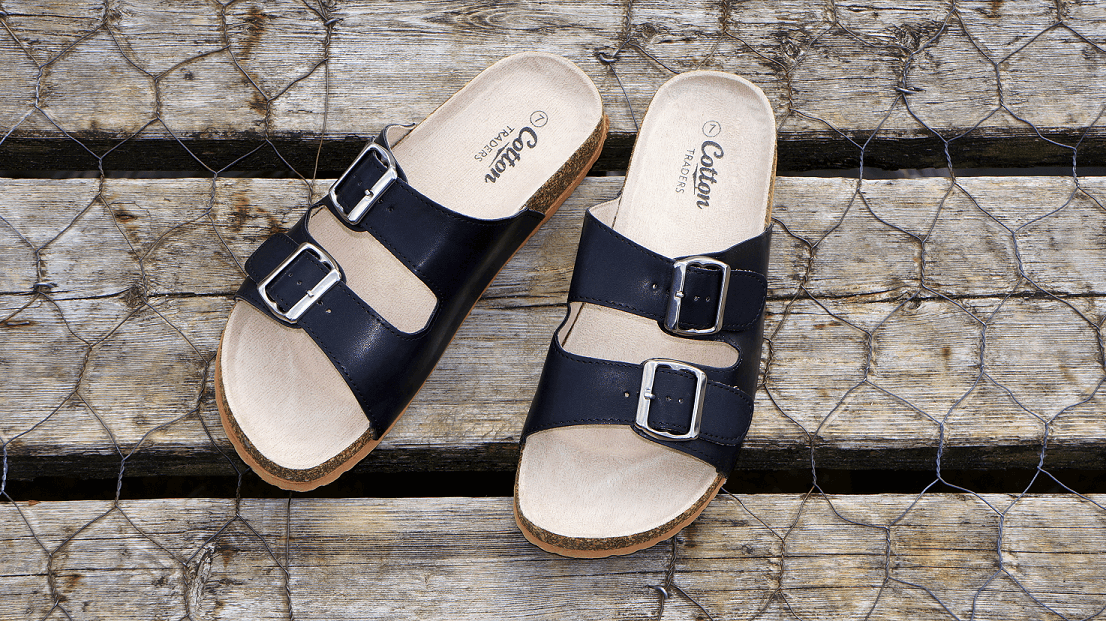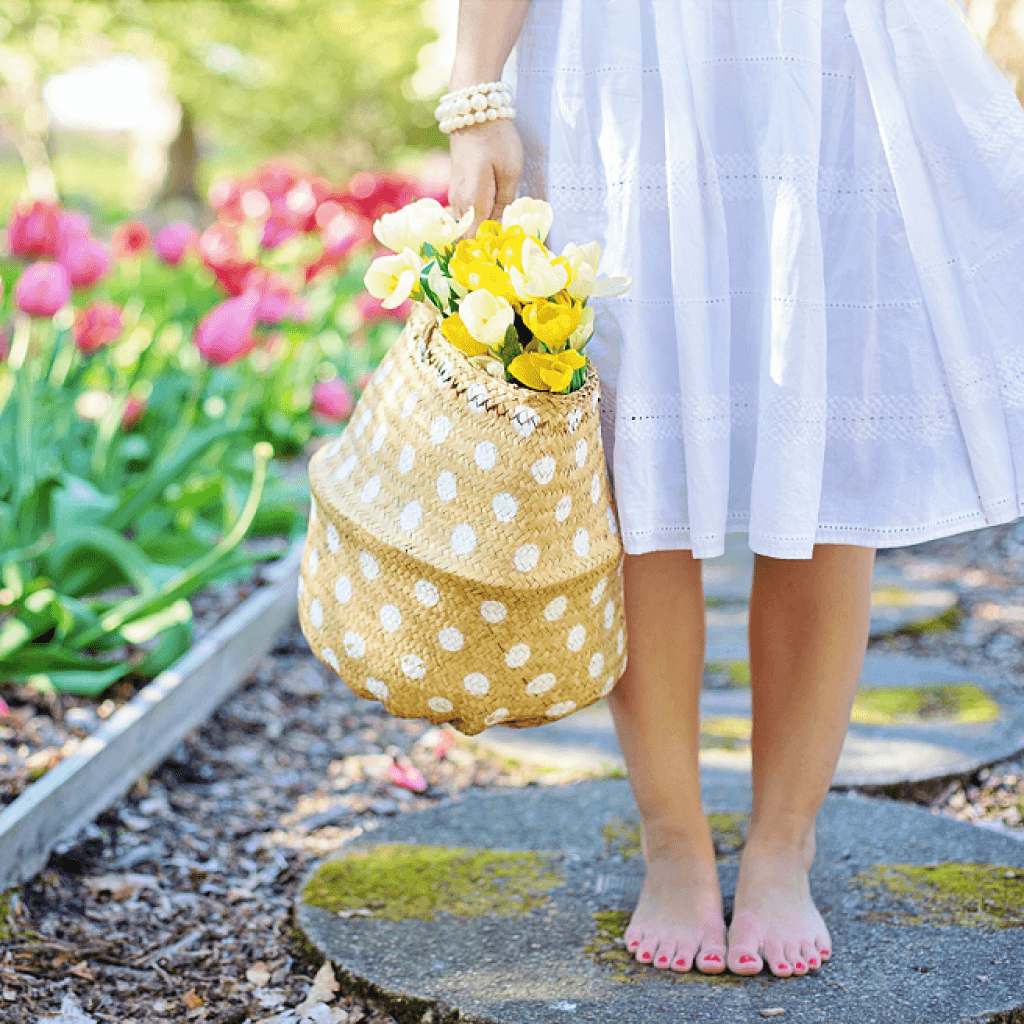What Shoes Should You Be Wearing When You’re Not Running?

For anyone who is serious about running, the sport is a lifestyle; not a pastime. And no, that doesn’t just go for the pros. If you want to be the best runner you can be, irrespective of the level you’re competing at, you should think like a runner 24/7. So does this mean that you should obsess about every little detail of your life? And that you should freak out if something doesn’t completely align with the runners’ credo? Far from it. Approaching running in a neurotic fashion will only detract from its joy.

There is, however, a fine line between obsessing and simply paying attention to everyday actions that might negatively impact your running. Things like diet, sleeping habits and posture influence your running performance more than you think. And while the connection between these life aspects and running performance are plain to see, there are also some less obvious culprits. Like, for example, the shoes you wear when not running.
It’s Not All About the Running Shoes
Most runners know the importance of finding a running shoe that is suited to their specific feet and needs. Many are, however, unaware of the fact that it doesn’t end there. What you put on your feet after kicking off your running shoes is just as important in keeping those trotters in tip-top shape. According to Sally Murphy, Senior Director of Women’s Design at Rockport, wearing shoes that provide both support and comfort in between runs allow both your feet and body to fully recover from the rigors of training. Dr Jacqueline Sutera, spokesperson for the American Podiatric Medical Association, adds that our feet also impact our entire skeletal structure. It’s therefore vital that, as runners, we take good care of our tootsies, even when not running.

So does that mean we’re limited to clunky and unfashionable orthopedic-type shoes when out and about? Definitely not! Many shoe brands offer quality support and comfort in a wide variety of trendy options. All you have to do, is find your favorite pair!
Tips for Choosing the Best Non-Running Footwear
According to Murphy, a six-time marathoner herself, it is important to keep the following points in mind when choosing and purchasing a shoe for everyday wear:
- Ditch the flats. Although flats are portable and lightweight, most provide no shock absorption at all, which may eventually lead to heel pain, tendonitis and metatarsalgia (pain in the forefoot). Always aim to find shoes that provide at least some heel lift and cushioning.
- Skip the flip-flops. Constantly wearing flip-flops can tighten the Achilles tendon and eventually contribute to the development of plantar fasciitis. Opt for a supportive sandal with an anatomic foot bed instead.

- Take a break from those high heels every now and again. High heels are not doing your joints or back any favors. Especially when you’re wearing them too many days in a row. Also try to avoid super high heels, or at least save them for special occasions only.
- Cushioning and arch support is key. Shoes that provide good cushioning in the heel area, as well as padded arch support, are always a good bet.
Additional Footwear and Foot Care Tips
Also keep the following foot care tips in mind once you’ve found that perfect pair of everyday shoes:
- Avoid walking barefoot on hard surfaces. Walking barefoot on surfaces like cement, stone or hardwood means that there’s nothing to absorb the shock between the legs and the ground. Over time, this may lead to the deterioration of the fat pads in the heels, which serve as the feet’s natural shock absorbers.

- Promptly replace worn-out shoes. Parting ways with a favorite pair of running or everyday shoes may be hard, but it’s vital. Why? Because continuing to wear a pair of worn-out shoes changes the way you stand and walk, causing your body to move in a way that’s both unnatural and potentially damaging. So regularly check the heels of your shoes. If they’re worn down or deformed, it’s time to invest in a new pair.
- Save your running shoes for running only. While it might seem like a good idea to wear your cushy, comfy running shoes all day, every day, it’s not. Not only will this significantly reduce the lifespan of your running shoes, but it may also force your feet to move unnaturally when not running. How so? Running shoes are specifically designed to support the feet in the forward motion of running. Using them for activities other than running, such as tennis or basketball, where feet move in a very different way, only increases the risk of injury. So do yourself a favor and save those running shoes for what they were meant for: Running.
Happy Feet, Happy Runner
So while finding the perfect pair of running shoes is key to comfortable, injury-free running, it doesn’t end there. In fact, it’s only the first step. Always give those feet the care and priority they deserve – both on and off the roads and trails. They certainly deserve it!
Sources
- , What shoes should you wear when you're not running?, Online publication
- , 11 Things your podiatrist wish you wouldn't do, Online publication
Latest Articles
 Is Running on a Treadmill Easier Than Running Outside?Runners have their own preferences, whether it is treadmill running, running outside on the road, or exploring trails. So...
Is Running on a Treadmill Easier Than Running Outside?Runners have their own preferences, whether it is treadmill running, running outside on the road, or exploring trails. So... Is It OK to Use Trail Running Shoes on the Road?While trail running shoes can be used on roads, especially in situations where a runner encounters mixed terrains or pref...
Is It OK to Use Trail Running Shoes on the Road?While trail running shoes can be used on roads, especially in situations where a runner encounters mixed terrains or pref... How to Fix Sore Quads After Running?Rest, ice, gentle stretching, and over-the-counter pain relievers can help soothe sore quads after running. Also, ensure ...
How to Fix Sore Quads After Running?Rest, ice, gentle stretching, and over-the-counter pain relievers can help soothe sore quads after running. Also, ensure ... 10 Fruits With The Most Electrolytes to Replace Sports DrinksThese fruits are high in electrolytes such as potassium, magnesium, and calcium, essential for hydration, muscle function...
10 Fruits With The Most Electrolytes to Replace Sports DrinksThese fruits are high in electrolytes such as potassium, magnesium, and calcium, essential for hydration, muscle function...

